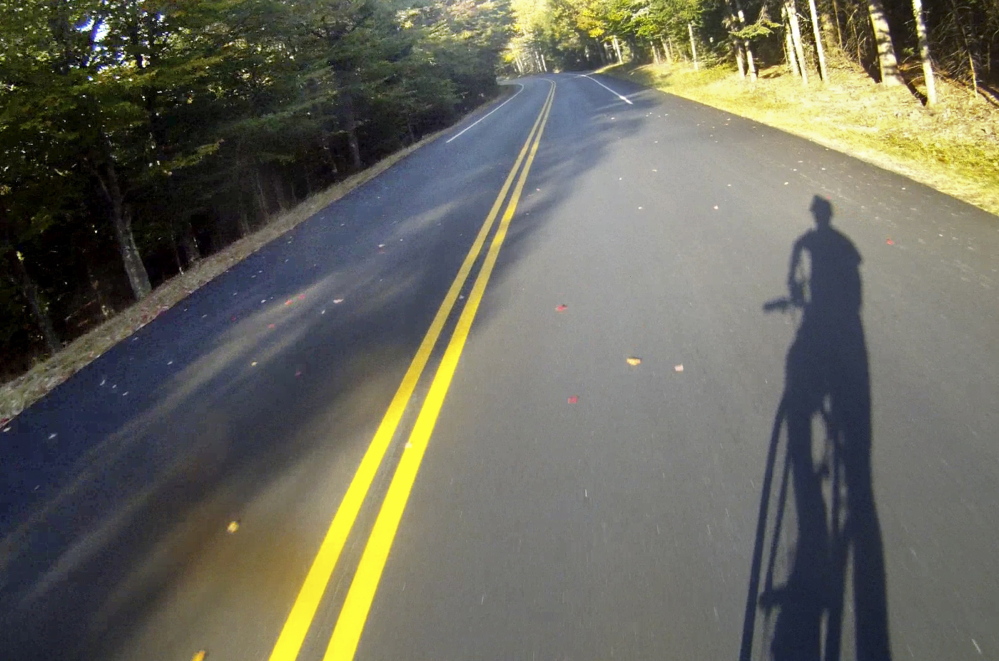AUGUSTA — “I thought I would be appreciated,” Roxanne Quimby told Yankee magazine in 2008. “I mean, doesn’t everybody love a park?”
Only until people start asking questions. That’s why Quimby and park proponents have done everything in a multi-millionaire’s power to keep from giving us answers.
“Buying the land also means I am buying the right to call the shots,” she told Yankee. “I can do what I want with it.”
JOBS PREDICTIONS ARE OFF THE MARK
We’ve all heard she’ll donate 150,000 acres to the National Park Service. So why do Maine Revenue Service records for Quimby’s Elliotsville Plantation LLC only add up to about 87,000 acres in the proposed park and recreation area? That’s less than 60 percent of what she’s promised. How can she give away land she doesn’t even own?
How are visitors supposed to access the proposed park or recreation area? There are few access roads and it’s not clear if she controls any of them, since they cross other ownerships in the working forest.
There’s not much talk about preserving a unique area.
Maybe that’s because Baxter State Park and Katahdin already are protected, thanks to Gov. Percival Baxter.
Maybe it’s because Maine already has 3.8 million acres of conserved land (fee and easement), including 2.1 million acres in the working forest.
Maybe that’s why Quimby’s media campaign is all about the jobs supporters say it will provide – even though you won’t find job creation in the national park criteria. Proponents are circulating a flier headlined “Now Hiring” (they aren’t) promising up to 1,000 jobs.
So it’s important to take a harder look at the job figures that park proponents have pushed so hard.
COMPARISONS ACROSS THE COUNTRY
Elliotsville’s report by Headwaters Economics estimated potential jobs by looking at five national parks, including Acadia, Badlands, Congaree, Shenandoah and Zion, plus four national parks with recreation areas, Black Canyon of the Gunnison, Crater Lake, Lassen Volcanic and North Cascades.
All told, Headwaters reports, these parks and recreation areas averaged 216 workers and contractors and visitors’ spending resulted, on average, in 839 local private sector jobs. When Headwaters combined average private- and public-sector employment, they got 1,055.
Apparently no one is expected to notice how different these parks are – in size, in location, nearby populations, feature attractions etc. – from Quimby’s proposed park. North Cascades, for example, is near two recreation areas, so nearly 750,000 annual visitors can enjoy a total of 684,000 acres. It’s also three hours from Seattle.
“Another way to estimate the potential job impact,” Headwaters said, “is to assume that a new National Park in the Katahdin Region would capture a percentage of the 2.5 million annual visitors to nearby Acadia National Park. If a new park captures 15 percent of the visitation to Acadia National Park (375,600 visitors) and visitor spending is typical of what it is in similar National Parks ($56 a day), a new park could potentially create 451 new private sector jobs.”
What are the chances Quimby’s park could lure 375,600 annual visitors from Acadia? That’s six times as many visitors as Baxter State Park averaged (63,000) over the past decade. And there won’t be any cruise ships docking in Millinocket.
Baxter Park, with 200,000-plus acres beloved by Mainers and many others, employs 21 full-time and 40 seasonal workers. A 2008 economic study by the University of Maine estimated Baxter sustains the equivalent of 87 full-time jobs.
FOREST PRODUCTS INDUSTRY THREATENED
If jobs are the goal, why dismiss the $8 billion industry that’s still a mainstay of the region?
A 2013 University of Maine study reported forest products provide nearly 39,000 jobs statewide (directly and indirectly), including 5,152 in Penobscot County, 1,867 in Piscataquis and 6,749 in Aroostook, where, as Mainebiz just noted, an Aroostook County initiative touts the potential of a “forest products cluster.”
Millinocket still has one of the best locations for wood manufacturing in the region, including millions of acres of wood, accessible on a private road network, rail and Interstate 95 access. The last thing the Katahdin region needs is to preclude that opportunity, but uncertainty about a national park limits the options to capture this competitive advantage. A national park is forever.
Quimby should heed the advice of Gov. Baxter, who in 1937 told the National Park Service director, “The State of Maine can and will handle the Katahdin region in a manner satisfactory to our people. The National Government has ample fields elsewhere for its Park Service and I see no reason why Maine should give Katahdin to the Federal Government any more than it should give away Old Orchard Beach or Moosehead Lake.”
— Special to the Telegram
Send questions/comments to the editors.



Success. Please wait for the page to reload. If the page does not reload within 5 seconds, please refresh the page.
Enter your email and password to access comments.
Hi, to comment on stories you must . This profile is in addition to your subscription and website login.
Already have a commenting profile? .
Invalid username/password.
Please check your email to confirm and complete your registration.
Only subscribers are eligible to post comments. Please subscribe or login first for digital access. Here’s why.
Use the form below to reset your password. When you've submitted your account email, we will send an email with a reset code.